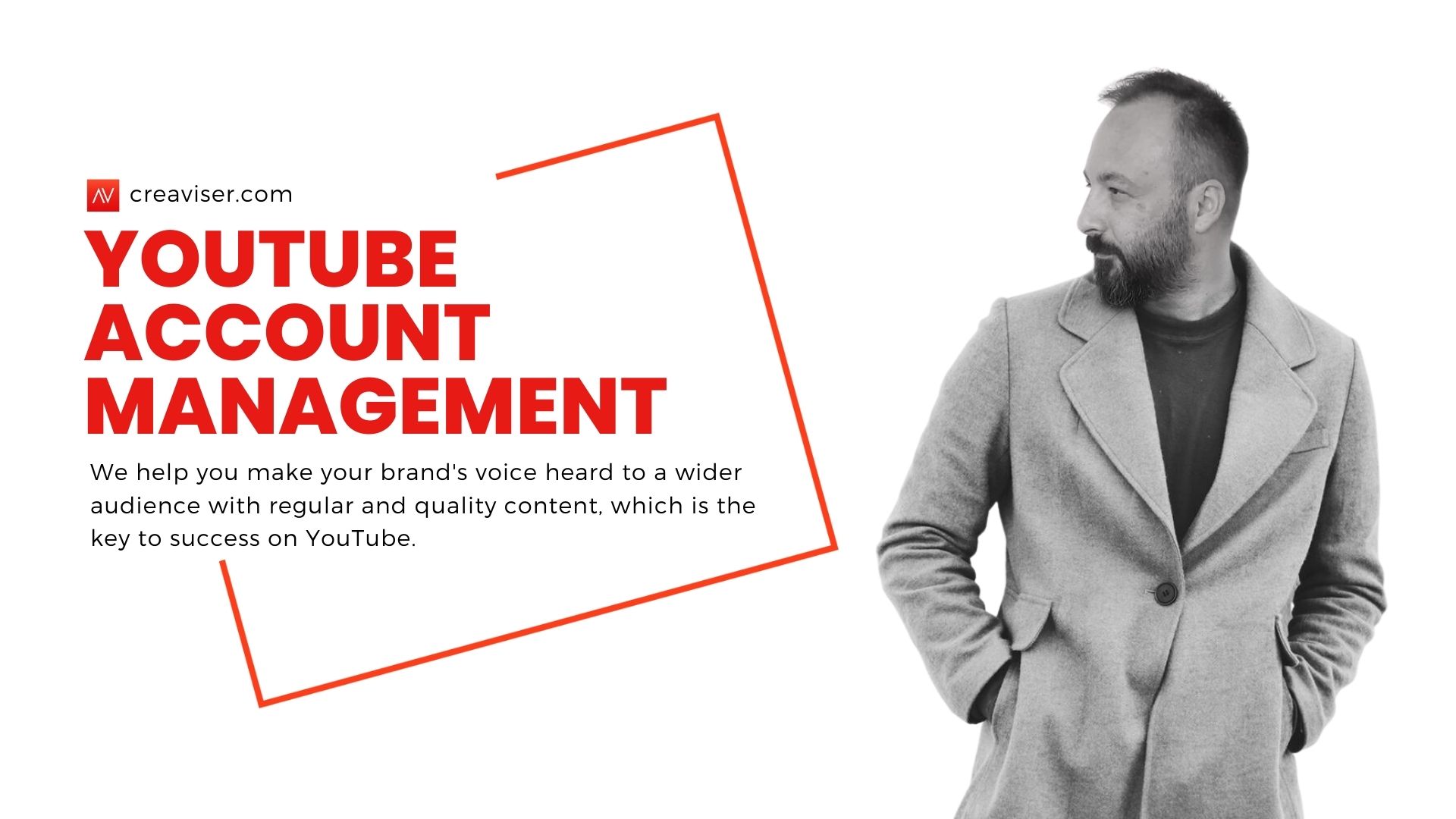In the digitalizing world we can say that whoever has a pen in his hand is a writer. You ask why? Because now access to information is just a click away, making each of us an information center. So, how can we package this information into digital products and present it to people? This is where we come into play. Together we will examine the process of creating digital products. Are you ready?
E-Books, online courses, webinars… One or all of them may interest you. It is possible for you to share your knowledge and experiences, create a digital product and thus earn income. Don’t know where to start? Don’t worry, this guide was prepared just for you.
Consider yourself embarking on a journey in “Creating Digital Products: EBooks, Courses, and More” and we are your guide. What will you find in this guide? How digital products are created, what you should pay attention to in this process, best practice examples and even success stories. We will explain all this so that you can successfully create your own digital products. Because the purpose of this guide is not only to inform you, but also to inspire you.
You may also be wondering about the potential of digital products and want to learn more about it. So why are you still waiting? Let’s open the doors of the digital world together!













